Fire safety legislation requires overhaul to protect mobility impaired and preserve life
28 Mar 2022
A complete overhaul of legislation
is urgently needed to guarantee legal protection
for disabled and mobility impaired individuals, with greater clarity and
accountability aimed at the ‘responsible person’ for fire safety measures and
risk assessment - writes Ges Wallace, Managing
Director of Evac+Chair International.
A culture of fire safety non-compliance in
businesses must be urgently addressed by a dual approach - both by improving
clarity in closing the legislative gap and creating better awareness of
responsibilities.
As it stands, the law
currently leaves mobility impaired individuals unaccounted for in evacuation planning across both residential and
commercial buildings.
Evacuation policies often implement a ‘stay put’
policy, leaving those with mobility impairments stuck on a stairwell or near to
an evacuation route. In these cases, it is only when the emergency services
arrive on the scene that disabled people can be evacuated to safety, making
evacuation much longer at a time when speed is of the utmost importance.
This inadequate policymaking puts more lives at
risk. Rather, the law should explicitly state that the onus is on businesses or
building owners to involve safe methods of exit in both emergency and
organisational planning, avoiding the need for emergency services’ intervention
in evacuation of disabled people except for in exceptional circumstances.
Many businesses are also ill-informed about their
responsibilities to provide ways and means for temporarily mobility impaired
people to exit a building during an evacuation.
A well-rehearsed plan, which considers
everyone, including the disabled and mobility impaired, has the power to save
lives.
The current state of the law
At present, building owners are
responsible for conducting fire safety risk assessments of their buildings
under the Regulatory Reform (Fire Safety) Order 2005. However, this does not go far enough to detail more on how businesses
should provide these means for the mobility impaired to be evacuated.
This is echoed by all fire
safety audits conducted in 2019/20, where only 66 per cent of all buildings
were deemed satisfactory. [01]
And, high profile tragedies such as Grenfell should be a
stark wake up call for businesses and building owners
to become more aware of their responsibilities.
But sadly, this is not the case.
There are 14.1million disabled people in the UK,
with 4.4 million disabled people in our workplaces. Absent from the figures are
those who are with temporary injuries or conditions, adding an invisible
population to the list of those failed by current regulations.
In order to be evacuated safely in
an emergency, disabled people and those with temporary disabilities require
Personal Emergency Evacuation Plans (PEEPS), a set of additional measures
and/or equipment for a swift and safe evacuation from buildings. This was specified in the Health and Safety at Work Act 1974 and the
Management of Health and Safety at Work Regulations 1999, as well as the
Disability Discrimination Act 1995.
While PEEPs are a legal requirement, it does not
provide any implication against the use of a ‘stay put’ policy, which places
full reliance on evacuation by the fire service. Rather, the Regulatory Reform
(Fire Safety) Order 2005 should act as a single point of reference on the
issue, providing explanation of the evacuation equipment required and make
explicit the responsibilities of businesses and building owners to put the
right procedures in place for evacuation or emergency.
After all, under the law, building owners are
responsible and could be fined and in a worst-case scenario, face a charge of
corporate manslaughter. This legal structure should also support them to meet
this requirement.
With the
Grenfell verdict incoming, a further case in point was the trial of George
Boden, company director at Wood Treatment Ltd (WTL). Risk assessments and fire safety measures were in place -
but they did not go far enough to protect the lives of staff members. Boden
pleaded guilty to being the director of a company which committed an offence
under the Health and Safety at Work Act 1974.
A need for something new
Policies of phased evacuation are
not to blame for the failures in fire evacuation legislation, but the lack of incentive or legal blowback for the ‘responsible person’
to implement them is, and it is also this issue which needs urgent addressing.
With the correct equipment and
procedures in buildings, evacuation speeds would increase twofold and this would also prevent scenarios where individuals are left behind in emergencies.
Even in cases where the fire service would
still be required to evacuate those who’ve had to
‘stay put’, equipment, such as evacuation chairs, could greatly increase speed
and safety of evacuation.
The Local Government Association has
greyed out its policy on PEEPs, with a new policy under review, since April 2020. This delay is putting
more lives at risk alongside the potential for open interpretation of
the law.
In addition, there has always been an emphasis
on giving disabled people access into buildings, but little thought and
planning is paid on how best to support people to evacuate in an emergency.
We also see a lack of awareness among building
owners and managers around their responsibilities for people with temporary
disabilities or impairments - such as a broken leg or even pregnancy. In
addition to this, there should be proper measures in place to account for any
visitor with a mobility impairment attending a site.
Procedures and policies must be rethought to
become more inclusive, ensuring everyone, whether able-bodied or not, can
escape from a building in an emergency situation.
The blame game resulting from Grenfell
The Grenfell Tower tragedy, the
greatest loss of life from a fire since the Second World War, and its subsequent four-year long enquiry, has
propelled this issue into the public eye - exposing the grievous state of this
nation’s fire safety legislation.
It is evident that the ‘stay put’
scenario can result in tragic consequences, with emergency response being too
little, too late.While it potentially
alleviates residential and commercial building owners from implementing
additional measures for a safe evacuation, there remains a pertinent question of
who should be responsible for failing to evacuate those with mobility impairment from a fire.
In the case of Grenfell, the Fire Brigades Union later stated that there was an
‘unjustified reliance’ on firefighters to evacuate buildings.
For effective change, these measures need to be
implemented at a local level. The phase one report of the Grenfell enquiry has recommended that the owner and manager of every residential high
rise building should be legally required to prepare PEEPs for all residents
whose ability to self-evacuate may be compromised.
In the aftermath of Grenfell, the
Government introduced the new Waking Watch system - an
early fire detection system. However, at present, the scheme is only accessible
to 5,300 disabled individuals. Whilst this goes some way to protecting
individuals in their own homes, this does not protect the same individuals in
every environment, something which Evac+Chair is passionate about changing.
Moving towards change
It is vital businesses know their
responsibilities and people with disabilities, whether lifelong or temporary,
also know their rights when it comes to getting out of a building in an
emergency situation.
As highlighted, there is great
confusion between business owners and building managers' responsibilities for fire safety and what needs to be in place to properly
protect staff, visitors and the public. There is also a knowledge gap
around how to include those with temporary disabilities and impairments in
planning.
However,
the fact remains that in a worst-case scenario, business and building owners
would be deemed responsible and could be fined or charged with corporate
manslaughter in some circumstances.
Evac+Chair
is not challenging policies concerning ‘phased evacuation’ or the ‘stay put’
policy itself, however, these do not necessarily result in the correct
equipment and training being put in place. Rather, businesses and buildings must
adopt a tailored approach to ensure the safe and speedy evacuation of
everybody, including the mobility impaired.
The International Fire Standards has
launched its Global Plan for Fire Safety 2022-2023 - a United Nations-endorsed initiative aiming
to improve measures across infrastructures, communities and legal structures in
the UK and globally.
Yet, more proactive
action is needed within our government to implement these legislative changes
at a UK level and ensure we achieve the ‘Decade of
Action’ set out in the global plan.
Even then, we cannot solely rely on the efforts
of the international fire safety coalition – our Government should be taking a
far more proactive role in reviewing current fire safety measures, procedures,
practices and its grey areas. Without
legislation and confusion reigning over responsibilities, this will continue to
leave disabled and temporarily disabled people at risk of being left behind
when it matters most.
Against the backdrop of the Grenfell tragedy, it is time
for us all to be working together, creating change and making sure people,
disabled or temporarily mobility impaired, are kept safe in our buildings.
Evac + Chair International Ltd.
Website
Email Us
T: +44 (0) 121 706 6744
Unit 4, Central Boulevard
Blythe Valley Park
B90 8AW
Solihull, West Midlands
United Kingdom
See Evac + Chair International Ltd. at Safety & Health Expo 2022
Evac + Chair International Ltd. will be exhibiting on Stand SH2454 at Safety & Health Expo 2022, 16 - 18 May 2023, ExCeL, London, UK
See Evac + Chair International Ltd. at Safety & Health Expo 2019
Evac + Chair International Ltd. will be exhibiting on Stand SH3056 at Safety & Health Expo 2019, 18-20 June, ExCeL, London, UK
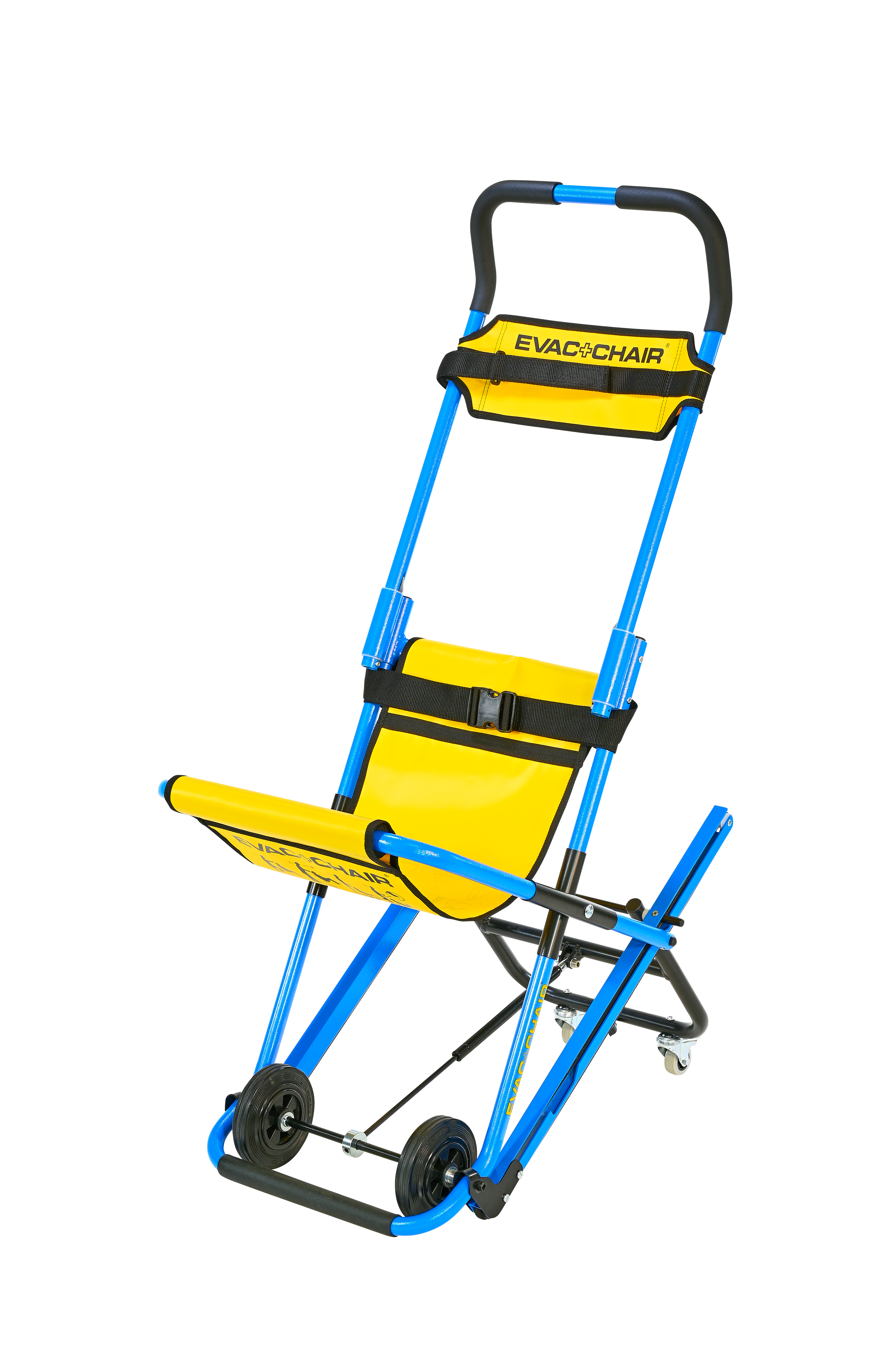
Product
300H MK5
The 300H is a lightweight evacuation chair which features a double handed, anti-slip grip and unique friction belts to ensure a safe and comfortable evacuation for the mobility impaired and has a payload capacity of a 182kg.
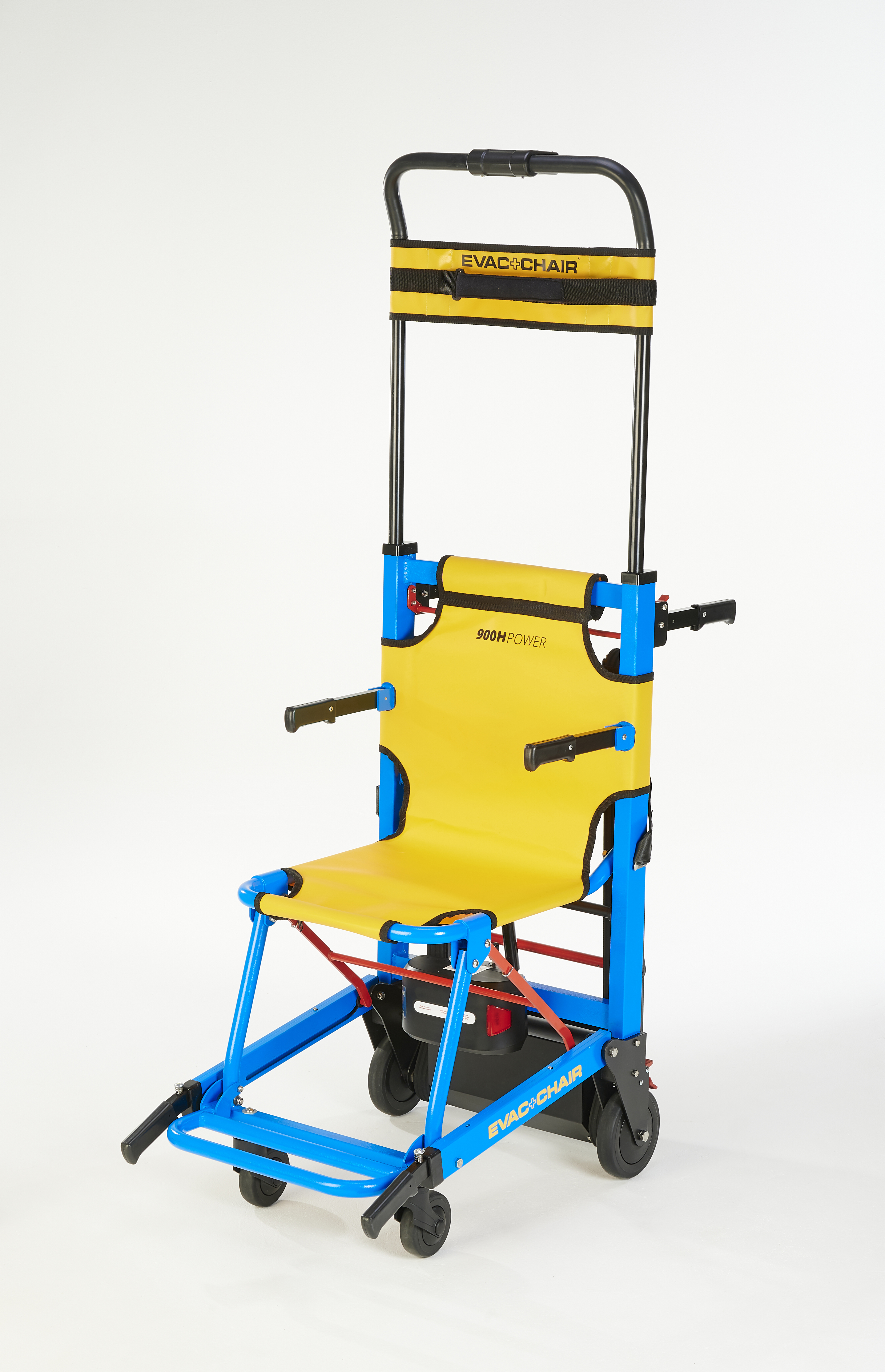
Product
900H
The 900H Power is a 24V, Lithium-Ion battery operated, motorised evacuation chair. Designed for a one-person operation, its Powered Belt Track System reduces manual handling and facilitates a smooth, safe and quick method of upward and downward evacuation.
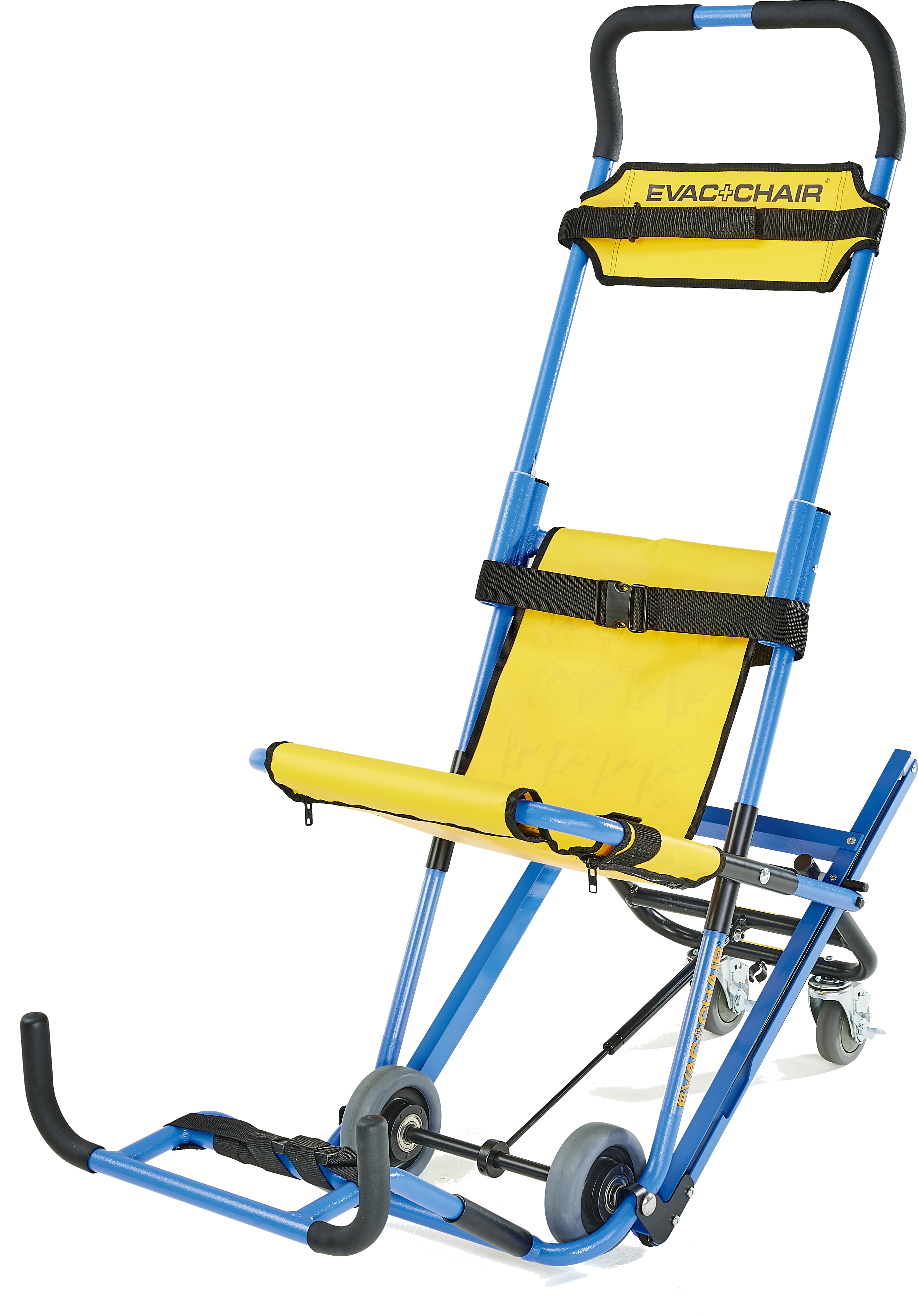
Product
500H MK5
The 500H MK5 is a robust evacuation chair that features a double handed grip and a foldable descent control handle. With an increased payload capacity of 227kg, this chair is suitable for passengers of any build
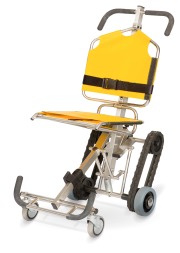
Product
700H
The 700H safely ascends and descends stairs. Suitable for spiral staircases and where space is restricted.
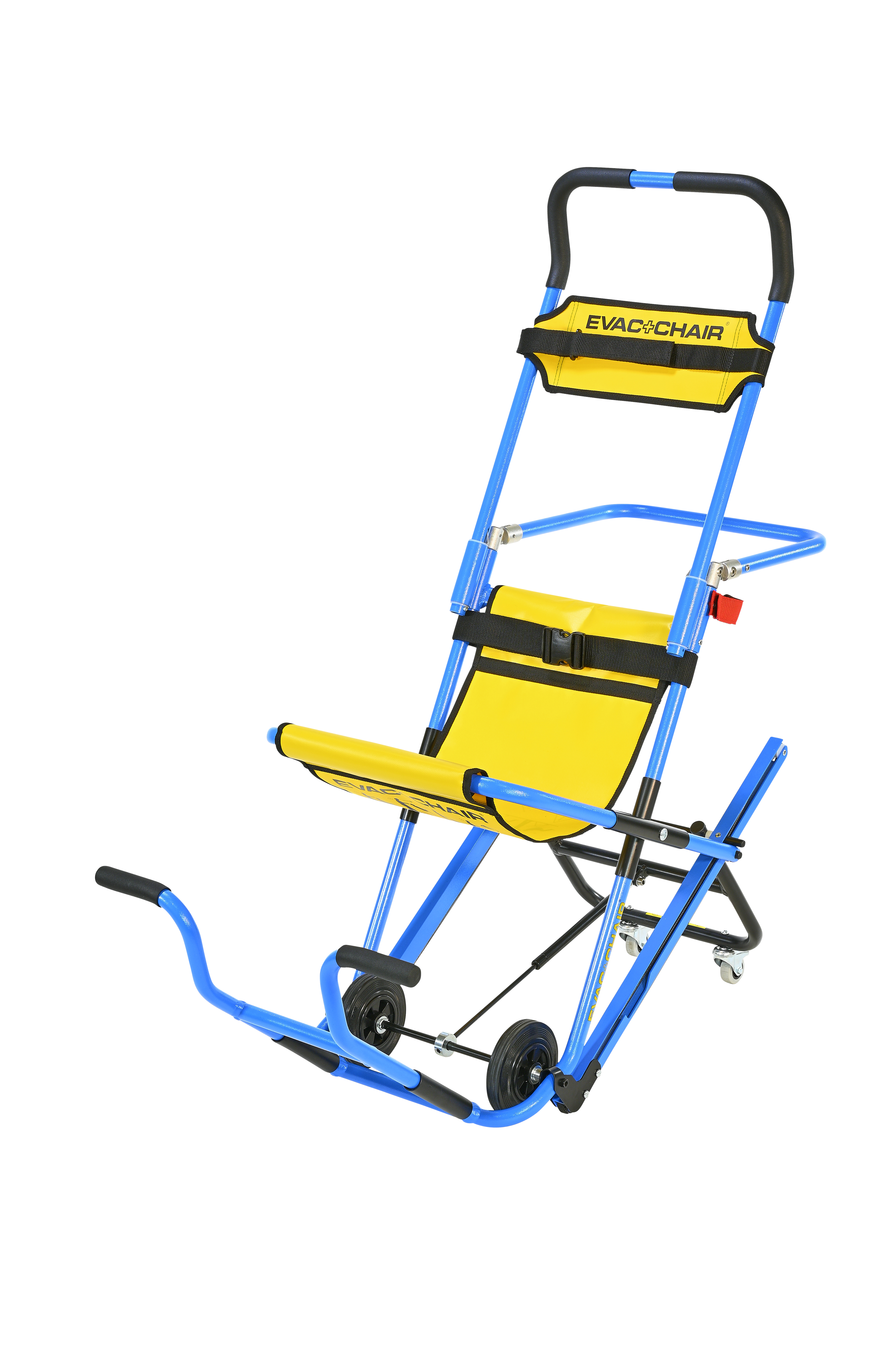
Product
600H MK5
The 600H MK5 is a lightweight chair with both front and rear grab handles. The chair allows for a 2-4 person operation in locations with difficult access, including ascending evacuations.

Product
200H
Designed for easy storage, the 200H folds neatly in half, perfect for compact storage spaces. Unfolding in one swift movement, it is quick and easy to set up.
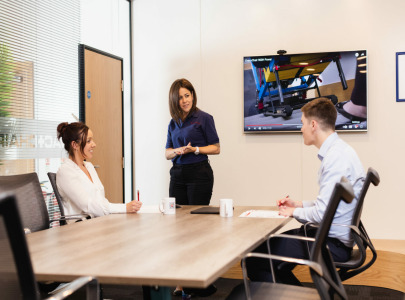
Product
Evac+Chair Training
Safe evacuation isn’t just the purchase of an Evac+Chair. It is recommended that all operators carry out training to ensure the Evac+Chair is used in the correct and safe manner.
We are able to provide UK nationwide coverage with our team of qualified trainers. Our training courses are vali...

Product
Evac+Chair Maintenance
We offer a range of maintenance contracts. Our maintenance contracts provide you with complete peace of mind that your product will be fully operational. Our team of nationwide engineers will replace any worn parts, with genuine replacements that no other third party can supply.
As a Class I ...

Product
Evacuation Assesments
We offer complimentary Evacuation Site SurveysEvac+Chair has a team of experienced professionals, providing complimentary UK-wide evacuation site-surveys to help ensure you meet your obligations in relation to:
Health & Safety at Work ActEquality Act 2010Regulatory Reform (Fire Saf...

Product
Anti-Theft Device
Protect your Evac+Chair or other building assets using our anti-theft device, which is fitted with a key-controlled alarm.
The alarm is self contained in red polycarbonate housing with a compact design. It can easily be installed in minutes with corresponding symbols that can be used globally. It h...

Product
Comfy Seat
The Evac+Chair Comfy Seat will provide patients with an equal level of comfort comparative to a wheel chair seating arrangement. It is ergonomically designed and manufactured from memory foam which aids in a horizontal transfer. It can easily fit onto the frames of the 300H, 500, 600H & 110 Evac+Chairs.
List your business for free
Create a business listing on the SHP directory
Advertise with us
Download our media pack, and find out how we can meet your needs with a range of pricing options.






